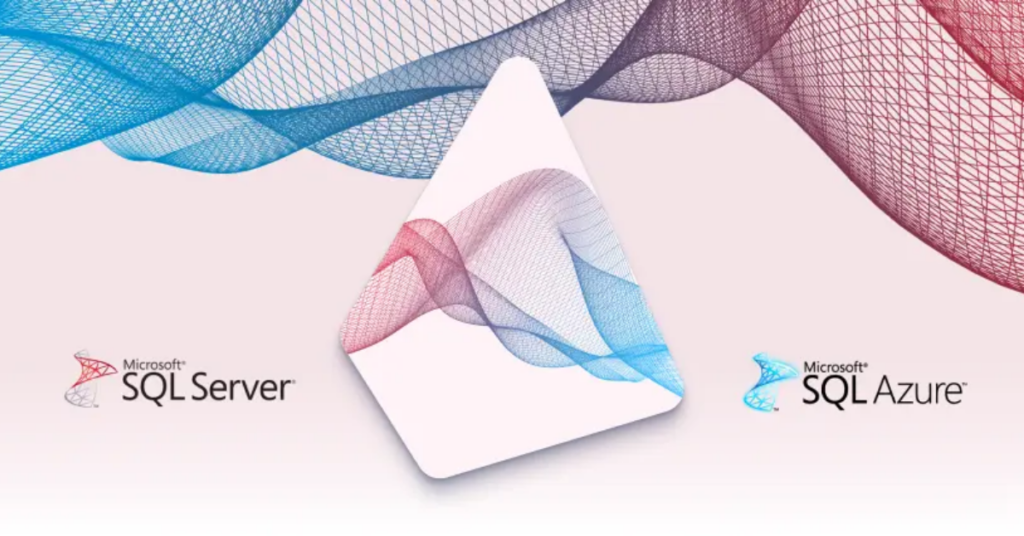With its revolutionary Optical Compute Interconnect (OCI) chiplet, Intel has garnered significant attention in the rapidly changing field of technology once again. With its increased bandwidth, lower power consumption, and wider reach, this breakthrough has the potential to completely transform the performance of AI workloads. It’s a big step forward, offering a scalable solution for data centres and tackling the growing data requirements of sophisticated AI models. However, what does this mean for the typical business? Let’s skip the fanfare and address the important issues at hand.
Let’s get one thing clear right away: this development is amazing. For businesses that have made significant investments in data-driven decision-making and AI-powered operations, Intel’s OCI chiplet has the potential to significantly change the competitive landscape by improving data handling efficiency and bolstering AI capabilities. It is evidence of Intel’s dedication to innovation and its will to continue to be a major force in the AI hardware market.
Implications for Medium-Sized Enterprises
Here’s the thing, though: this discovery won’t immediately affect your daily operations or strategic decision-making procedures for the great majority of medium-sized enterprises. The decision to use AI solutions in your company won’t be based solely on the hardware requirements of Intel’s most recent CPU. Comparable to choosing whether to purchase a car based on the most recent developments in engine production processes, it’s an interesting consideration but not one that most buyers will make their decision on.
Nevertheless, it’s critical to comprehend this development’s larger ramifications. Thanks to its innovation, Intel and market leader NVIDIA remain solidly in the AI battle. It’s an obvious indication that Intel is increasing its investment in AI infrastructure, which may eventually result in greater competition, innovation, and more affordable prices. This portends a future in which sophisticated AI capabilities become more widely available and reasonably priced, which is fantastic news for companies of all sizes.
AMD’s Position and Future Considerations
AMD appears to be trailing behind in this specific area in the interim. Even while AMD has advanced significantly in other areas of computing, this Intel development points to a possible weakness in AMD’s AI strategy. This may be something to take into account for long-term-oriented businesses when organising upcoming technology alliances or investments.
What lesson does this mean for medium-sized businesses? Even though this news might not need you to completely revamp your IT setup, it’s still important to keep an eye on these developments. The field of artificial intelligence is rapidly changing, and cutting-edge technology of today frequently becomes common practice of tomorrow.
Practical Takeaways for Businesses
Here are some useful realisations:
1. Stay Informed: Keep up with advancements in AI hardware, but don’t get too wrapped up in the technical details; instead, concentrate more on how AI might help your particular business problems.
2. Put Use Cases First: Give top priority to specific use cases that support your company’s objectives when thinking about implementing AI. Next is the underlying hardware.
3. Partner Wisely: Select tech partners who can help you navigate the AI ecosystem without needless upselling and who comprehend your business goals.
4. Consider Scalability: Even if you don’t now use OCI’s capabilities, you should still plan for scalability while creating your AI approach. You’ll want the freedom to implement these technologies as they become more widely used if and when they are applicable to your business.
5. Invest in Talent: Make an investment in your team’s AI talents rather than just hardware. Utilising every technology innovation still depends heavily on the human aspect.
Conclusion
To sum up, Intel’s OCI chiplet is unquestionably a noteworthy technological advancement that will influence AI infrastructure going forward. But rather than acting on it right away, most medium-sized enterprises should be aware of this development. The true significance of this is to comprehend the larger trends it points to, such as the growing rivalry in AI hardware, the possibility of more widely available AI capabilities, and the ongoing advancement of data processing technology.
As usual, the secret is to keep yourself updated, be flexible, and concentrate on how these technologies might help your particular business needs. Although there is no one-size-fits-all approach to the AI revolution, it is here. Not how fast you hop on the newest hardware bandwagon, but how well you navigate these waters will determine your success.




